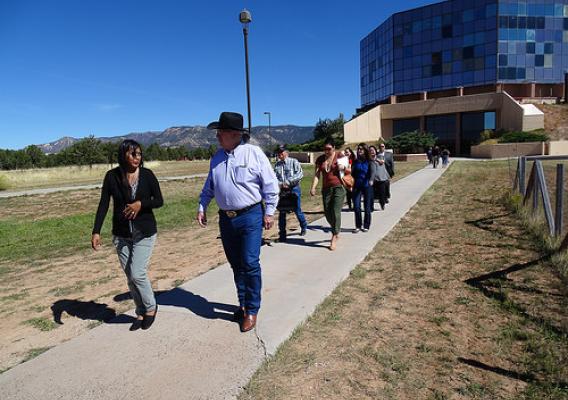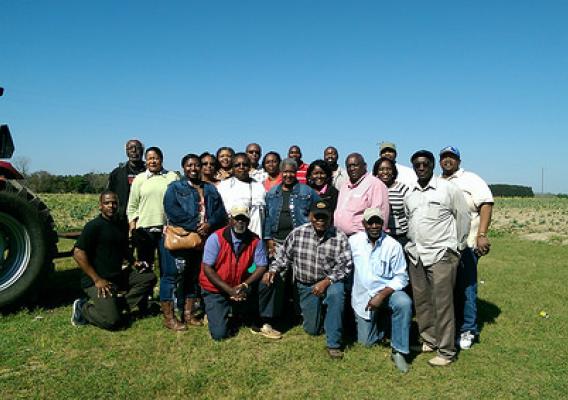Thanks to the hard work of Rural Americans, along with record investments in infrastructure under the Recovery Act and the 2014 Farm Bill, over the last seven years America was able to pull itself out of one of the deepest economic recessions since the Great Depression. While we’ve seen wages rise and unemployment fall in rural areas over the last several years, workers in rural America still receive less hours and earn less pay than those in urban areas. Fortunately, for those who need help making ends meet, the Earned Income Tax Credit can help.
For the last 40 years, the Earned Income Tax Credit (EITC) has made life better for millions of workers across the United States. The average amount of EITC received by families last year was more than $2,400. These are dollars for working families and individuals that can make all the difference in helping pay for transportation, housing, school supplies or other critical needs. If your family or someone you know earned less than $53,267 from wages, running a business or farm, or from Form 1099 MISC, check out the IRS EITC website or talk to your tax preparer to determine whether you are eligible.









